Some of the most memorable pictures of the last century were created on rainy days. In 1899-1900, Alfred Stieglitz photographed a coach making its way through the city streets under a spring shower. Later, Henri Cartier-Bresson caught a man leaping over a puddle and immortalized the fleeting moment in his picture Behind the Gare Saint-Lazare.
When Dennis Stock photographed James Dean, walking alone in Times Square in the rain, he created one of the most enduring portraits from the star’s lifetime. More recently, a photograph of Prince Harry and Meghan Markle, together under an umbrella in the pouring rain, became instantly iconic. Rainy weather might make for difficult photography conditions, but sometimes, a drizzle or downpour can be a blessing in disguise.
Next time the forecast indicates rain on the horizon, consider packing your camera bag, bundling up, and hitting the pavement while everyone else stays indoors. You might find something you never expected. Before you head out, here are our tips for making the most of these challenging but rewarding days.
Protect your gear
To start, make sure your camera is weather-sealed, as most pro DSLRs are. Weather-proofing will only get you so far, so we also recommend bringing a dedicated rain cover, raincoat, or plastic bag and rubber band combo to shield your camera.
Avoid changing your lens as much as possible to keep that moisture out, and consider a UV filter for added protection. Keep a lens hood and microfiber cloth on hand as well, and check regularly for errant drops on your lens. Finally, beware of any condensation that might form when you move from colder areas to warmer ones (and vice versa). Moisture-absorbent gel packs can come in handy here.
Quick tip: Awnings, parking garages, porches, trees, and even handheld umbrellas can also offer shelter from the rain, while also helping to frame your shot. Use these spots to your advantage.
Watch the forecast
Spontaneous photos in the rain are not impossible (just remember to carry your rain cover in your camera bag), but a little bit of planning can go a long way. Consider scouting your location in good weather first to get an idea of the kinds of moments and compositions you’d like to capture once it starts raining.
Pay special attention to areas with beautiful light. From there, be patient and wait for when the weather forecast aligns with your vision. Rain can be unpredictable, so get out there and seize your moment when it comes. As always, your safety should be your top priority, especially in severe conditions; no photo is worth venturing into a storm unprepared.
Face the light
Rain often looks better when backlit, so find a light source, and shoot facing it. To avoid shooting directly into the light (and messing with your exposure), experiment to find the right angle. Sunlight, street lights, an off-camera flash, or even car headlights will do the trick.
Backlighting is also perfect for silhouettes, though you can always use a reflector to bounce light back onto a person’s face. Finally, shooting against a darker or more colorful background can also help bring those raindrops into view.
Quick tip: Speaking of light, you can also consider experimenting with a flashgun to give those raindrops a golden glow. Keep your power quite low, though, as too much light can easily overexpose your photo.
Tweak your shutter speed
Using a faster shutter speed, of course, will enable you to “freeze” the motion of the raindrops; too slow, and they’ll disappear entirely. To compensate for a faster shutter speed in lower lighting conditions, you can open up your aperture or bump your ISO up, but remember that the higher you go with ISO, the more noise you’ll get in your photos.
Of course, fast shutter speeds aren’t the only way to go, and your choice will vary based on your subject. For example, waterfalls and seascapes often look their best on rainy days, and with these kinds of landscapes, you’ll likely want to use longer exposures to create that milky, creamy effect, as Marius Kasteckas did in the picture above.
Go manual
Your camera might struggle with focusing in the rain, so remember to switch from auto to manual focus for more control. That way, you can decide if you want to focus on individual raindrops, a figure in the street, a building in the distance, or something else entirely. For even more creative freedom, bring a tripod too.
Look for windows
One thing the legendary photographer Saul Leiter (1923-2013) taught us is that rain, condensation, and steamy windows make for painterly images, transforming everyday scenes into atmospheric visions pulled straight from a dream. On rainy days, look for these moments in shop windows or bus stops. Conrad Litchfield gave us a fresh twist on the classic motif with this photograph from Last Passengers, his project documenting the remaining passengers on London’s public transportation amid the lockdowns.
Get higher
Another way to show it’s raining without capturing individual raindrops is by including umbrellas in your composition. Like bright clothing, umbrellas can also add a pop of color to an otherwise dreary, dull day, so look for higher ground for a birds-eye-view of pedestrians passing through the rain.
Play with puddles
Falling rain is infamously difficult to capture on camera, so try the next best thing and keep an eye out for reflections in puddles. The ideal time for shooting puddles is often just after the rainfall, when the streets are calm and slick with water. This effect works particularly well when working with golden hour sunlight or colorful street lights.
Wait for the blue hour
The blue hour around twilight can be doubly magical in the rain, especially in cities, where the wet tarmac reflects the street lights. This time of day is perfect for cinematic, Blade Runner-esque pictures like those created by FANKOVIN, a photographer based in Minsk.
Find the people
For street photographers, the best thing about rainy days is the foot-traffic. People hurrying from one destination to the next are unlikely to take notice of you and your camera, so you can use the opportunity to capture poetic moments and candid gestures you might miss otherwise. Remember to stick around for a while after the rain dissipates, and you might be able to capture the sun coming out, a rainbow forming, or kids coming out of their houses to splash in the puddles. If you plan on staying out for a while, don’t forget to dress to stay dry and comfortable.
Not on 500px yet? Sign up here to explore more impactful photography.

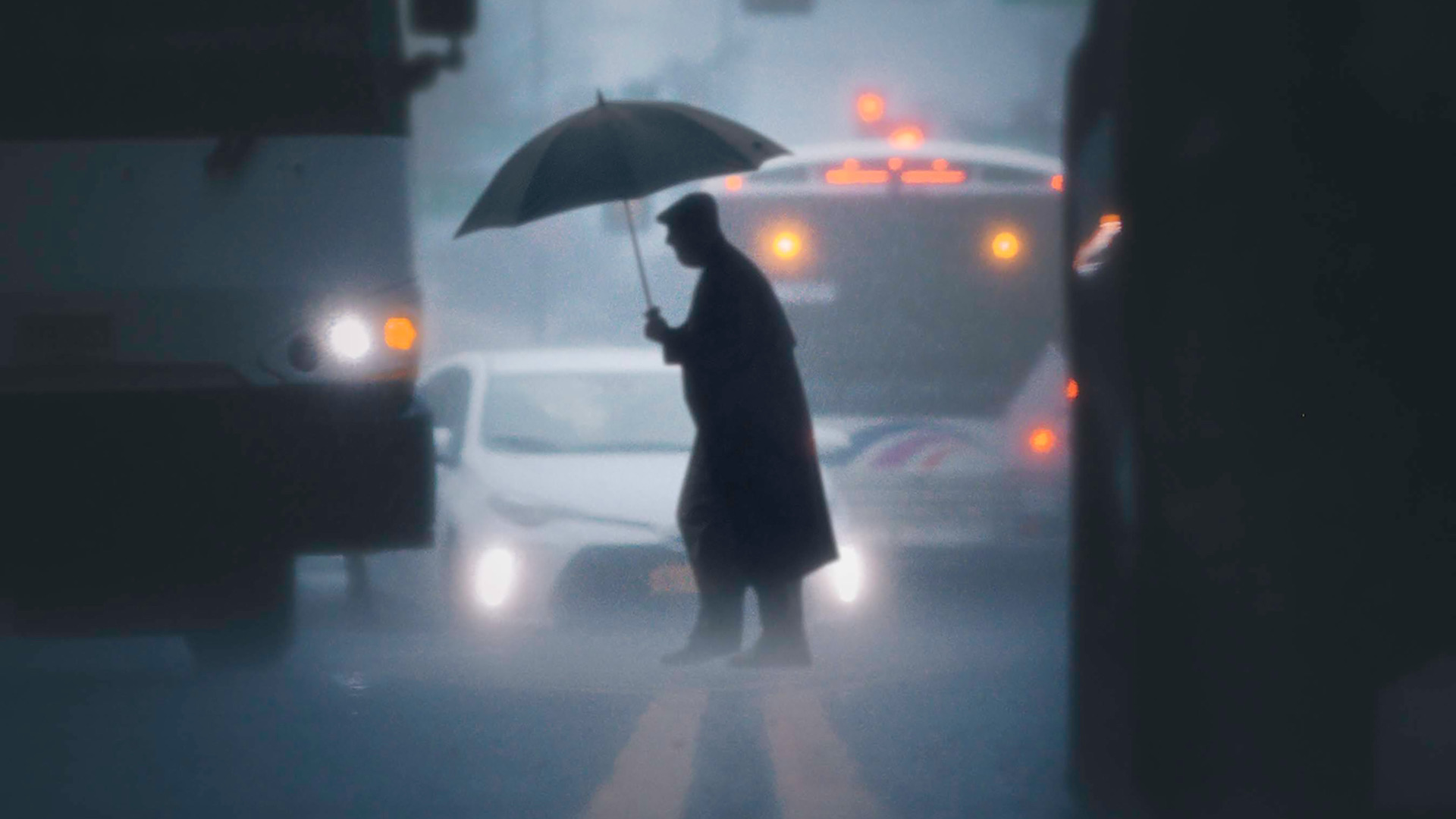
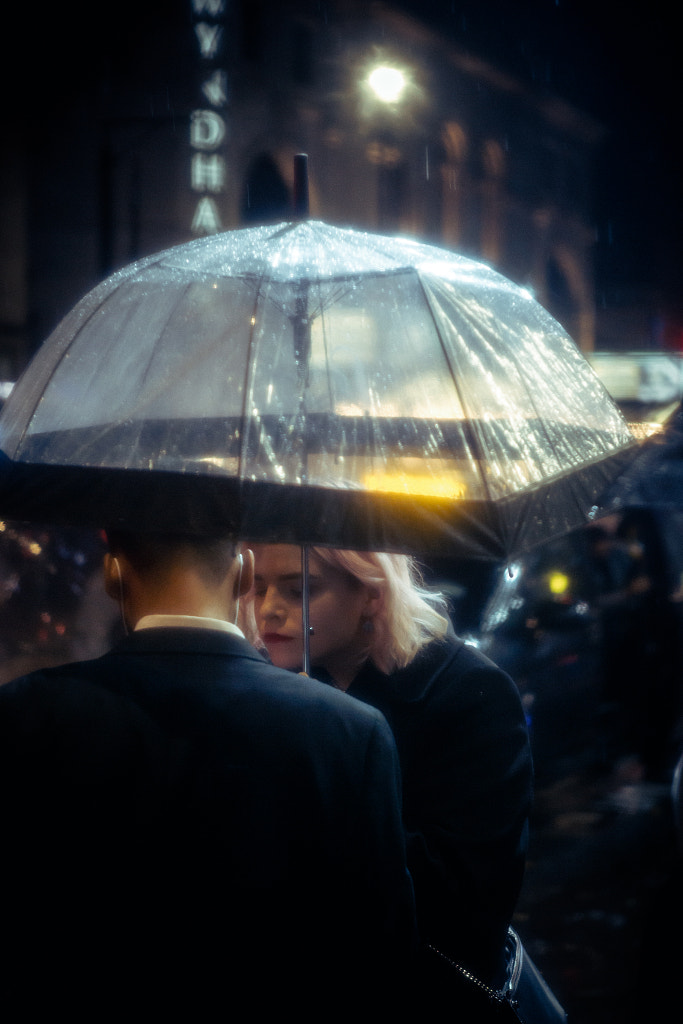
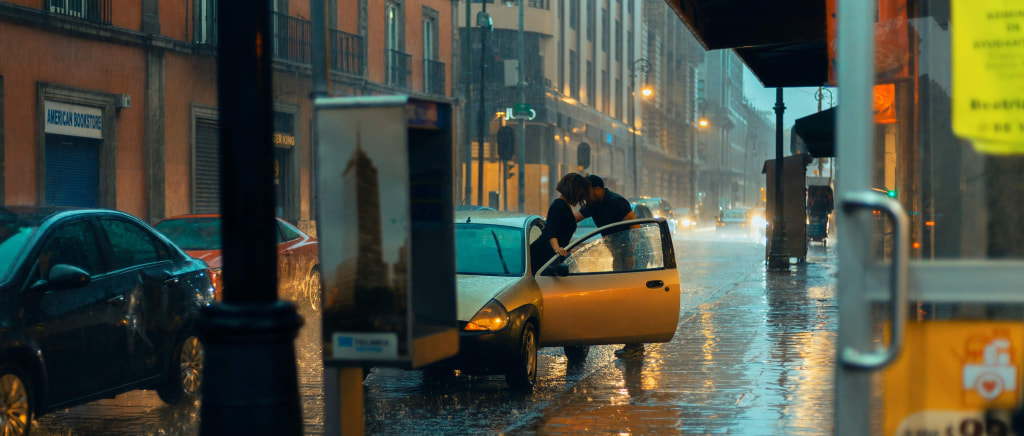
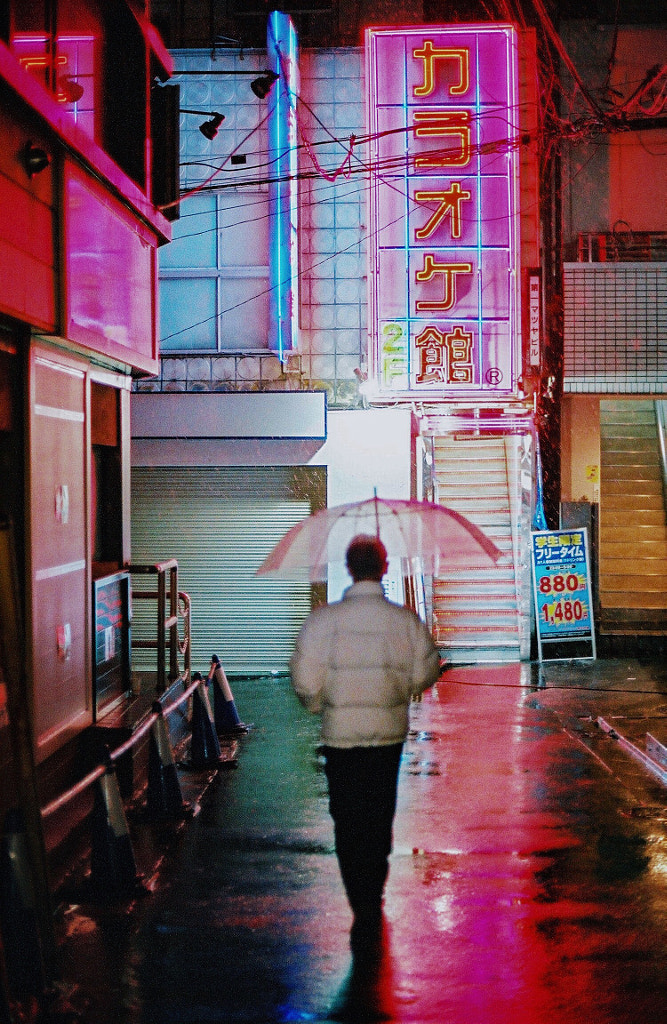
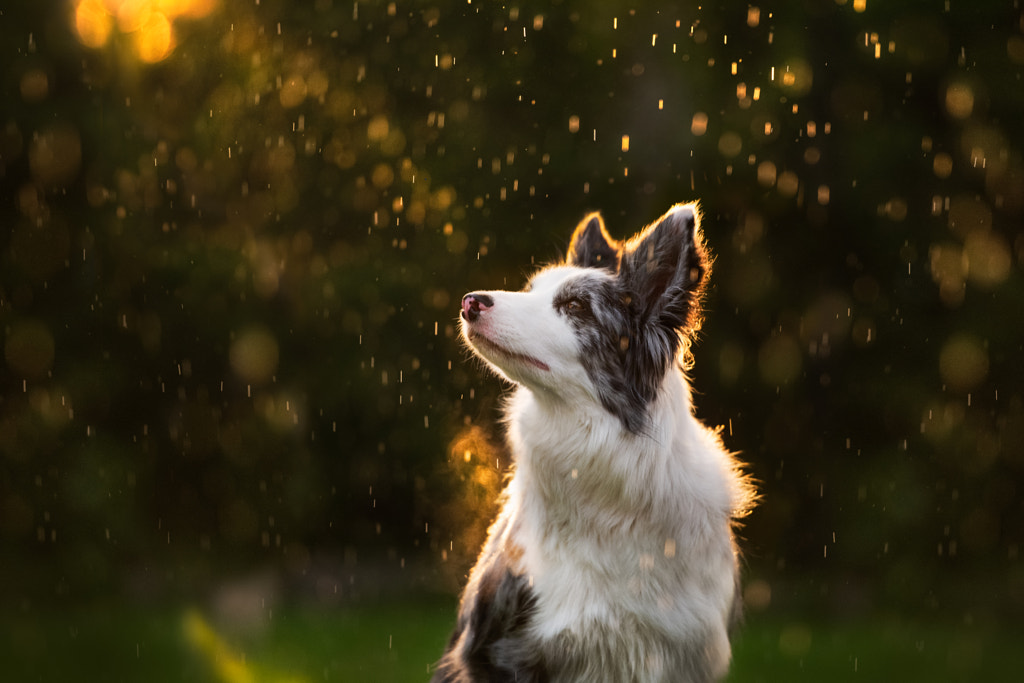


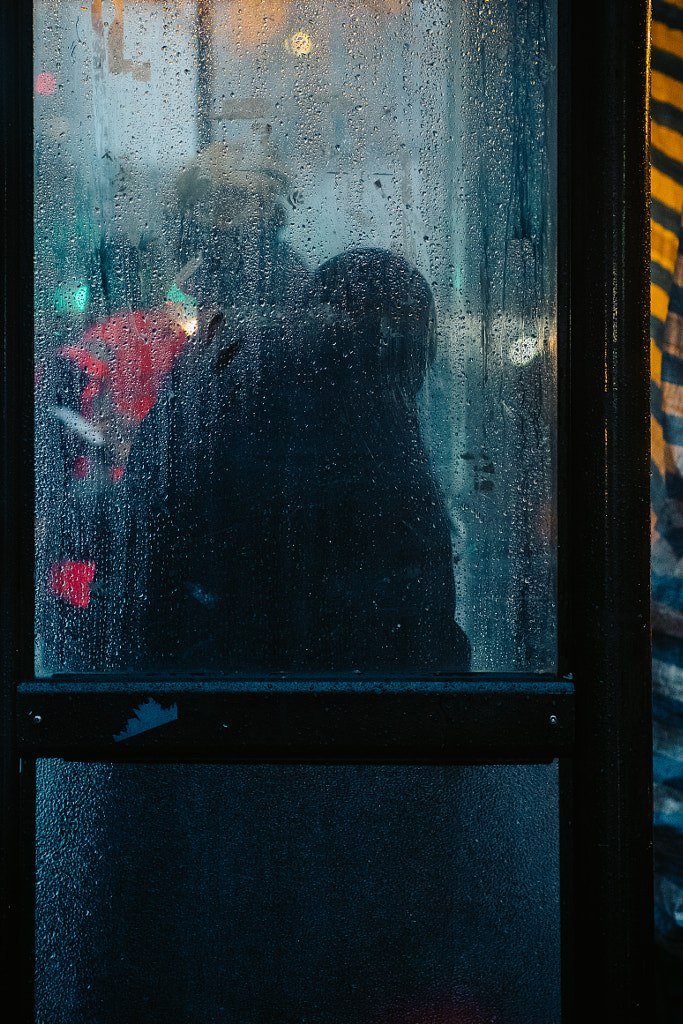
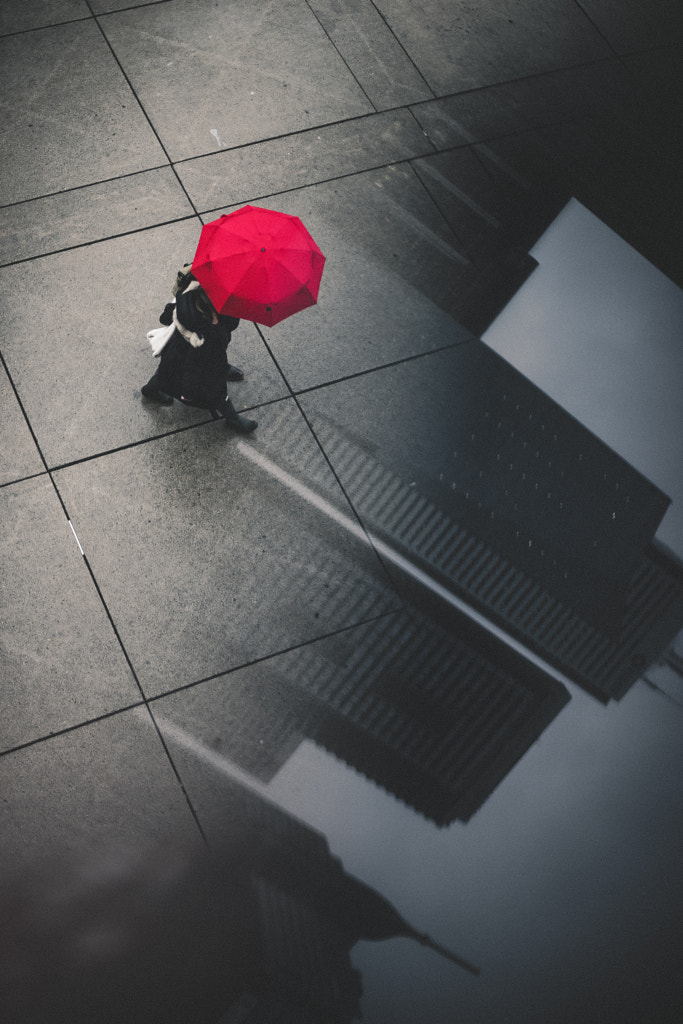
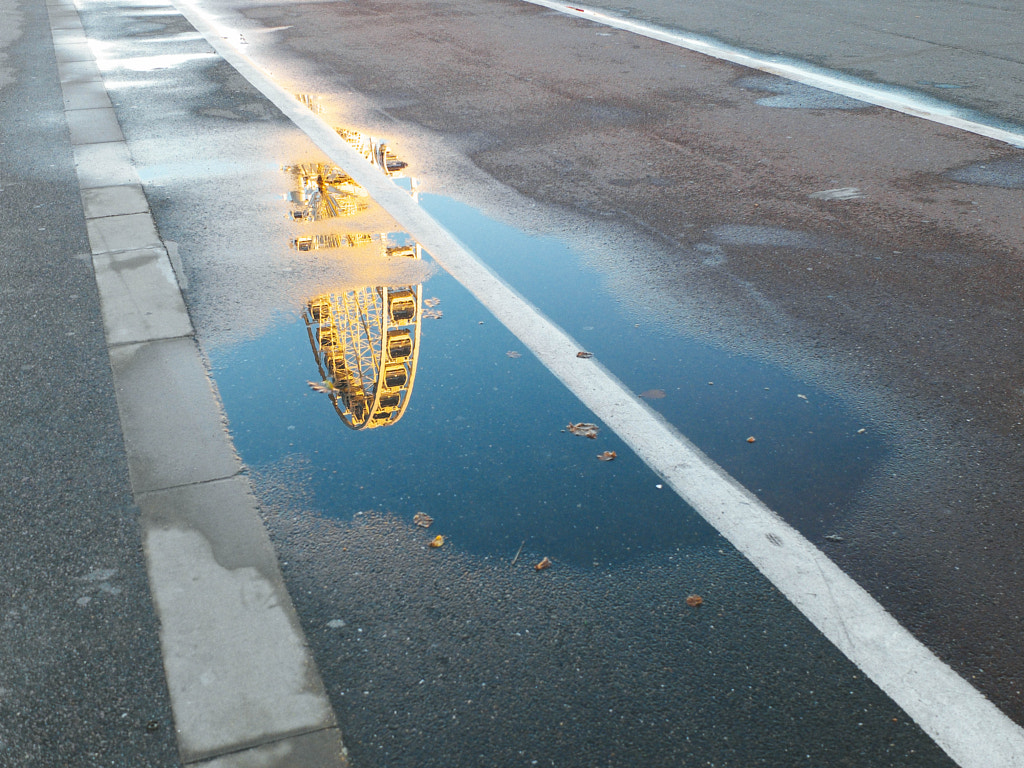
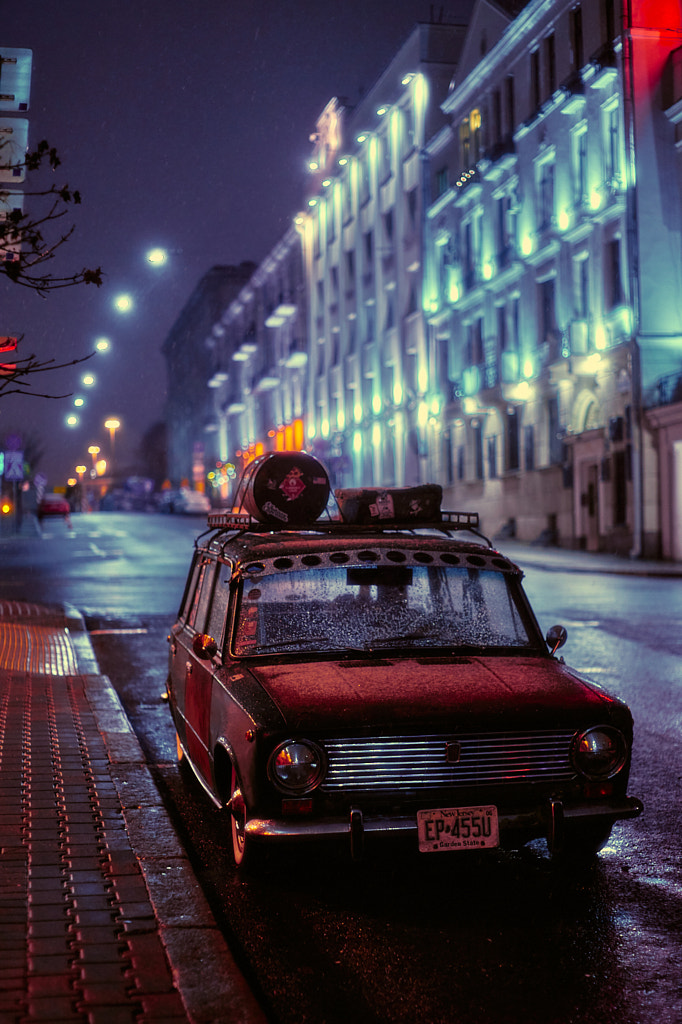

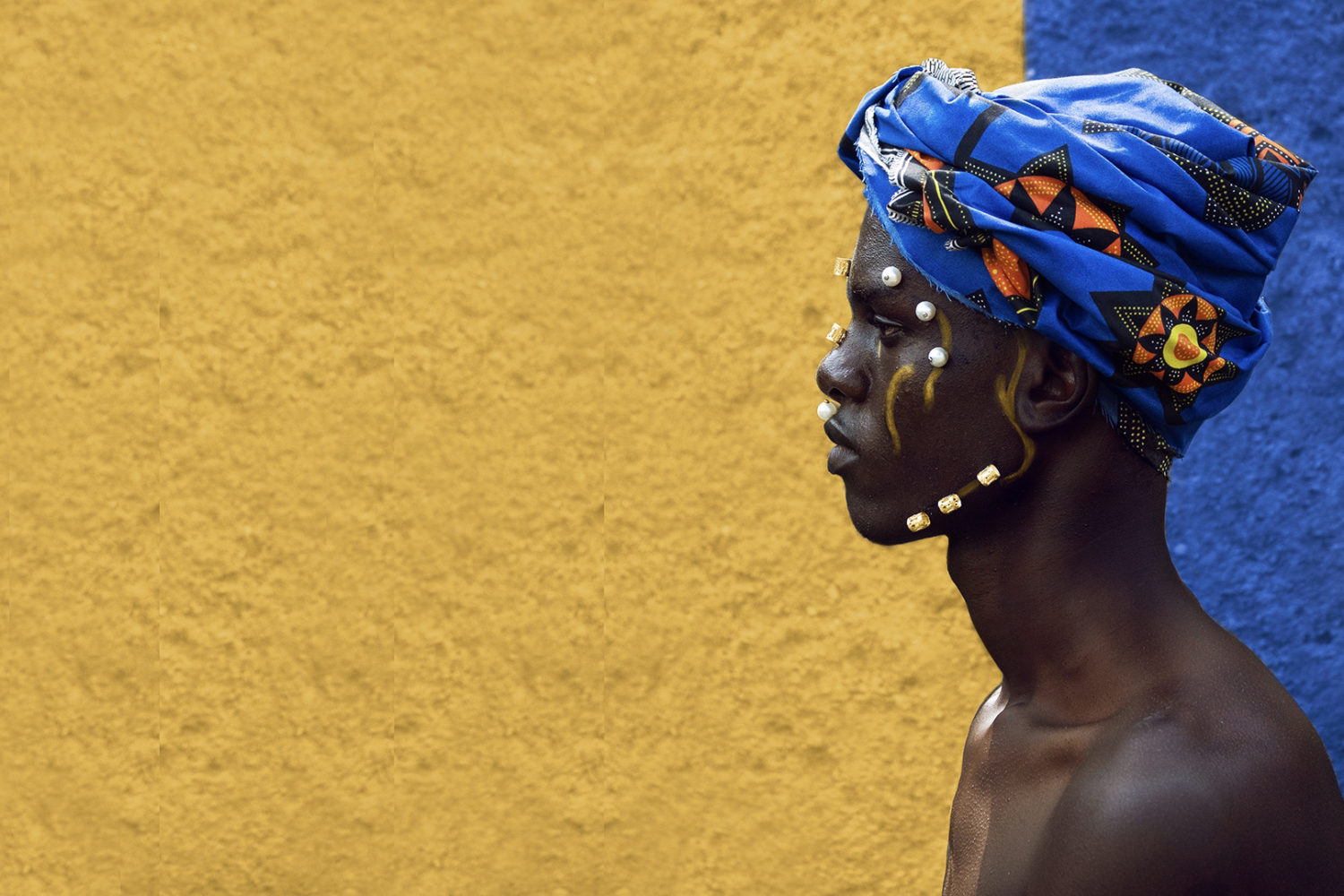


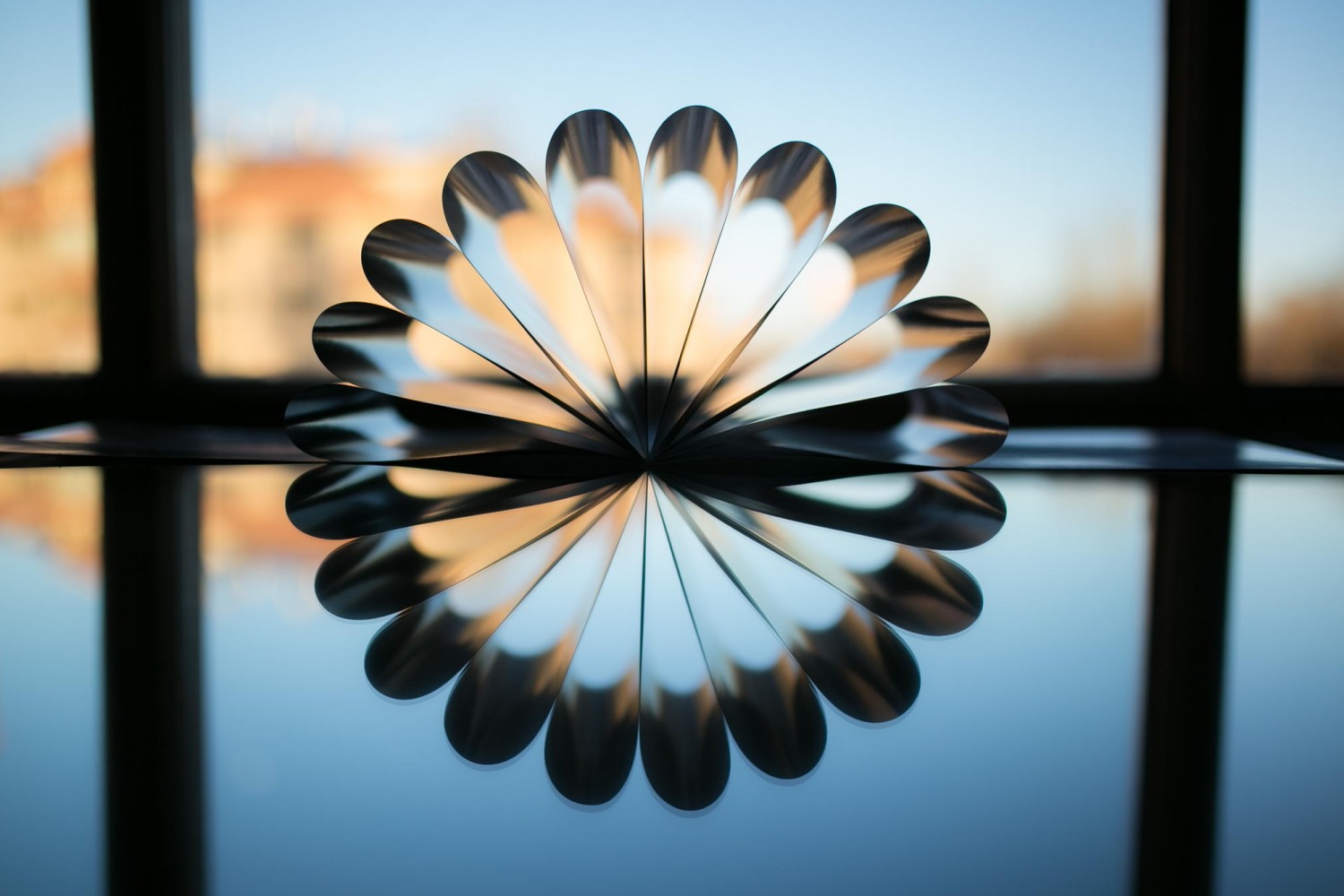
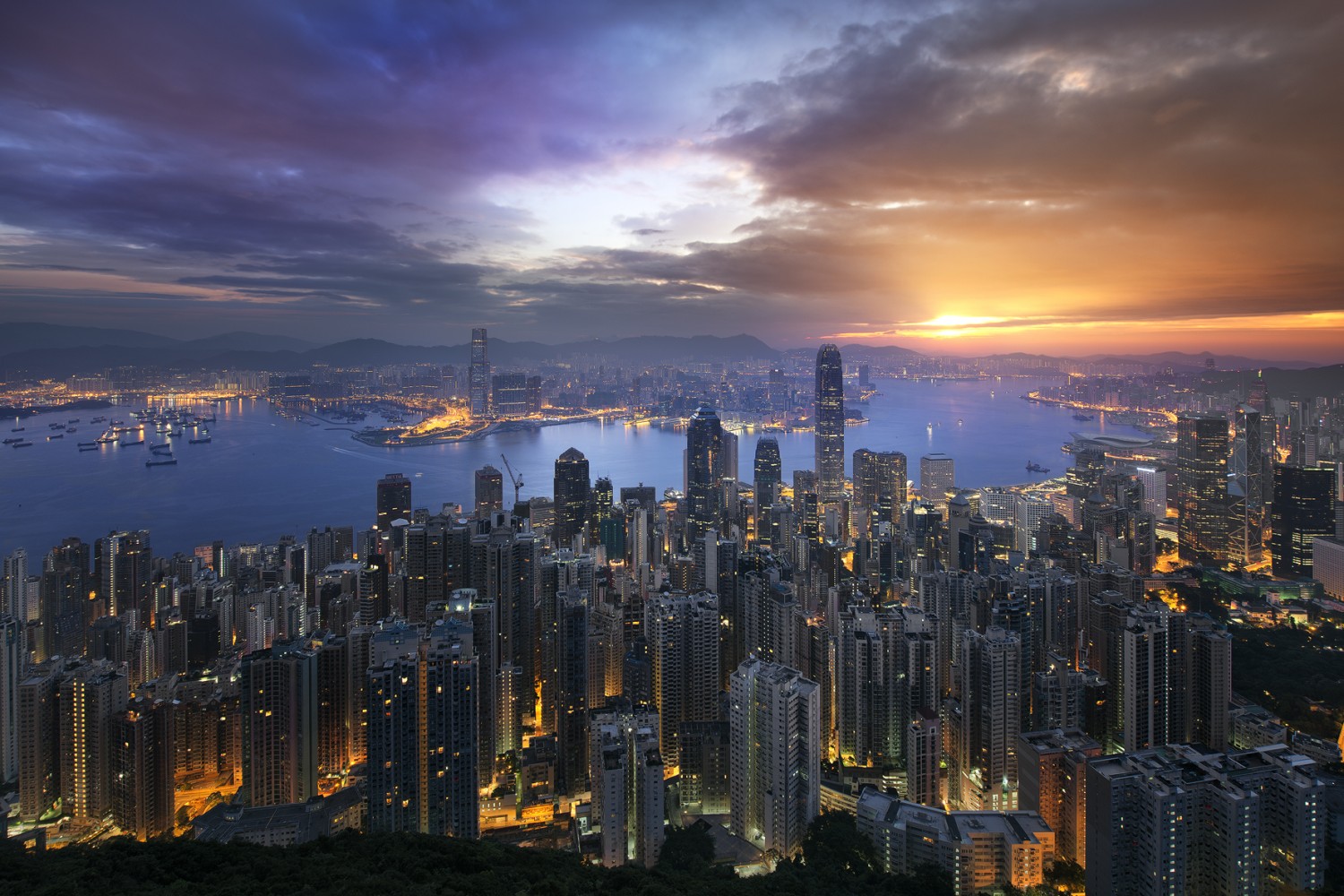
Leave a reply